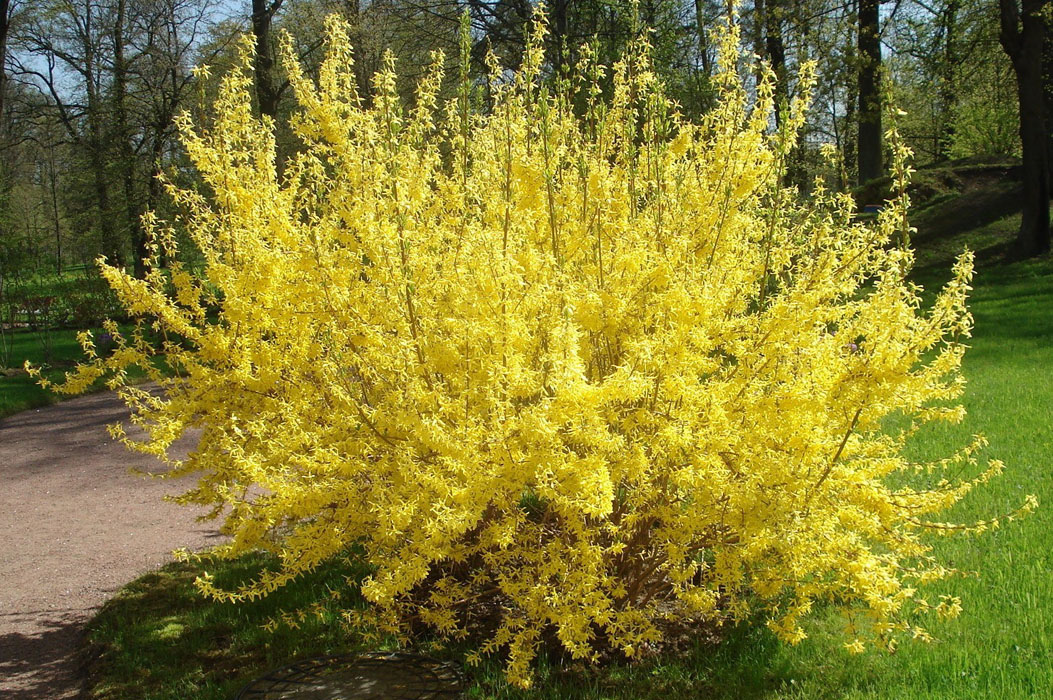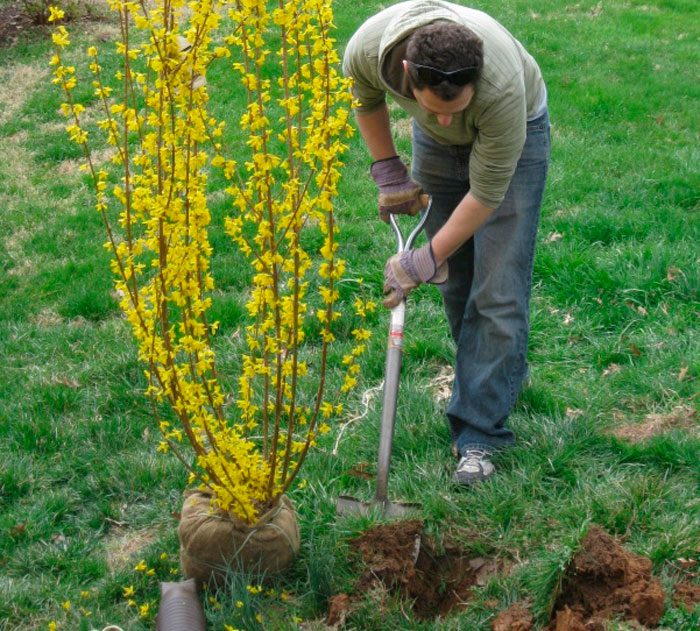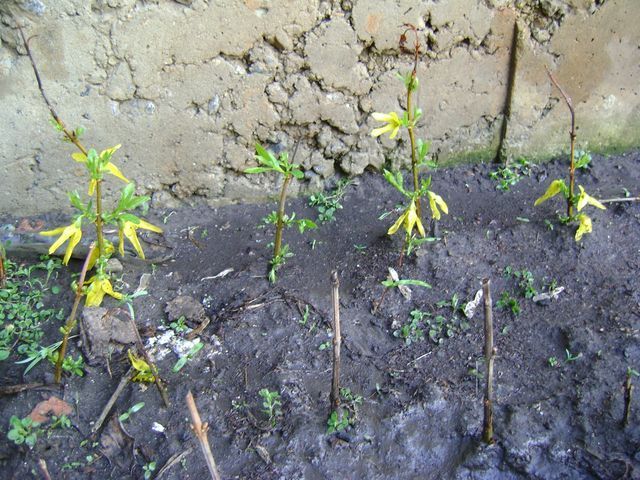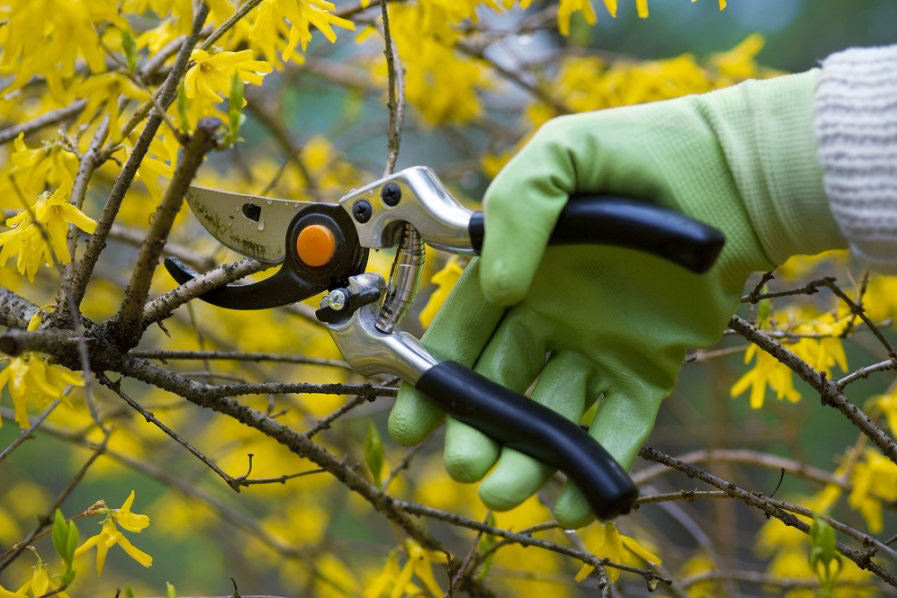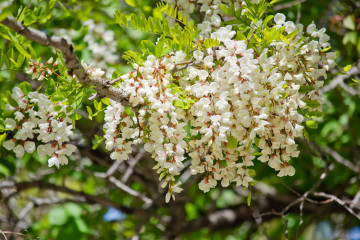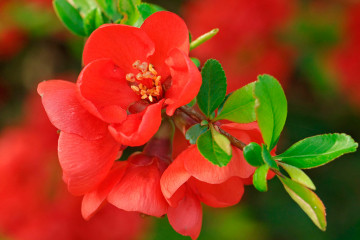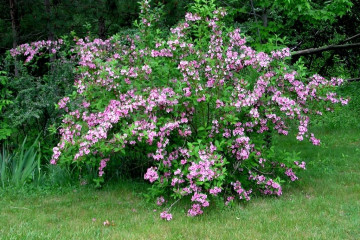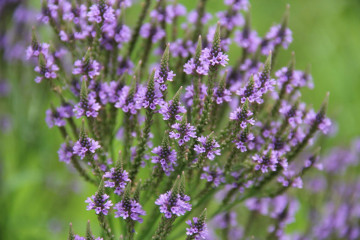Shrub forsythia or yellow fortecia - description
Content:
Forsythia shrub is a common plant that adorns gardens, country yards. This is a symbol of the arrival of spring - against the background of winter streets, a tree with bright yellow flowers suddenly begins to bloom.
This is a genus of low shrubs, trees belonging to the Olive family. Differs in light yellow flowers that delight the eyes from early spring.
Origin, description
Fortecia shrub is an ancient genus of plants. The natural habitat is scattered throughout Asia. In Europe, there is only one species - European fortizia.
This is a short tree, a bush from 1 to 3 m in height. The bark is rough, gray or brown. Leaves without stipules, long, oppositely arranged.
The flowers are bell-shaped, yellow or pale yellow. The plant blooms from early spring. Flowers develop within 3 weeks. After their flowering, a box is formed, inside which there are seeds.
Varieties and varieties
In Russian climatic conditions, few species and varieties of the plant in question are cultivated.
European forsythia
This plant grows up to 2 m. Branches are very spreading. Blooms in April. The flowers are yellow in color, bloom a few days before the leaves. It can grow by 25 cm per year.
The life span of a yellow forsythia shrub is approximately 70 years. Used to create green flowering hedges.
Forsythia drooping
The variety was brought to Europe from China. This shrub grows up to 3 m in height. The branches are thin, tetrahedral, olive or red. The flowers are large, golden yellow. There are several types of drooping forsythia:
- variegated - with bright flowers and yellowish leaves;
- Fortune - with narrowed leaves and flowers of a dark yellow hue;
- purple-stemmed has dark red shoots and the same leaves.
Intermediate forsion
This is a hybrid species, bred by crossing drooping and dark green forsythia. Grows up to 3 meters, blooms for about 3 weeks. In the middle lane, the shrub should be covered for the winter. The plant is well resistant to dry periods.
The flowers are bell-shaped, yellow. The leaves look like a lancelet. There are such types of intermediate forcing:
- Beatrix Farrand - grows up to 4 m, with bright yellow flowers;
- Denziflora is a small shrub up to 1.5 m, with pale yellow flowers. The shrub is not resistant to frost;
- Spectabilis is a bush about 1 m high and has a large crown. Leaves change color to purple by autumn. The flowers are large, bloom in late April.
Forsythia ovoid
This is the most winter-resistant species. A shrub of low height, with wide branches, bright green leaves. The flowers are bright. It blooms earlier than other members of the genus, but the flowering period is limited to two weeks, sometimes somewhat longer.
In autumn, the plant is especially beautiful with its dark purple leaves. In the conditions of the Moscow region, it winters without the use of shelter. However, in the Leningrad region, the bush requires it.
Forsythia dark green
The plant blooms early and very profusely. Grows up to 2 meters. Leaves are variegated, dark green in color, have a golden border.
This forsythia loves the sun and is winter-hardy. Reproduces excellently by cuttings.
Snow forsythia
The bush grows about 2 meters. The leaf plates are long, green in spring, purple in summer. This type of forsythia has interesting flowers: they are white with a yellow throat.
Forsythia Giralda
This species is less resistant to winter. Reaches 2 meters in height. Shoots are straight, brownish-yellow in color. The leaves are dark green, elliptical. It begins to bloom in May. The flowers are graceful, white-yellow, with twisted petals.
Forsythia transplant
Correct planting of the plant ensures its survival in a new place, abundant and long flowering, the absence of pests and diseases.
What is needed for landing
First of all, you need to choose the best place for landing. Prepare enough drainage and water to water the seedling.
Optimal location
It is necessary to plant forsythia in open ground either in early spring or in late autumn. The best place is a semi-shaded area, protected from cold winds. Although the plant is shade-loving, it needs sufficient sunlight for optimal development.
Forsythia is also unpretentious to the composition of the soil.
Step-by-step planting process
First, to plant the plant, you need to dig a small hole in the flower bed 50 cm wide and long and 60 cm deep. The roots should be about 40 cm deep.
Before planting, a layer of drainage is poured into the hole: crushed stone, crushed brick, sand, leaf mixture, peat, ash. The seedling is placed in a hole, dug in with a layer of earth and must be watered abundantly.
Reproduction of forsythia
Forsythia can propagate by cuttings and seeds.
Cuttings
Cuttings approximately 15 cm long are cut in June. The leaves located at the bottom are carefully removed. Cuttings must be treated with a substance that stimulates the process of root formation. After that, they are planted in a greenhouse with sand.
Rooting of lignified cuttings is considered as a method of reproduction. They are cut in the fall (optimally in October). The cuttings are planted in the soil.
Cuttings are covered with leaves for the winter. In the spring they will start to grow. In the fall, strong and viable seedlings will grow from them.
Forsythia also propagates with the help of layering. In summer or early autumn, the lower young shoot is bent to the ground by pulling its base with a wire. The bark is incised on the side that is in contact with the ground. Sprinkle the shoot with soil (you can use a mixture of soil and manure). Very soon, such a shoot will have adventitious roots.
In the spring, the subordinate branch is cut. The young plant will bloom next spring.
Growing from seeds
Seeds are removed in October, placed in a cool room for 2 months. In March, they are sown in a box with a nutrient mixture, which is placed in a greenhouse. The box must be covered with glass.
Shoots appear in about a month. Young plants grow very slowly. They are planted only next year. Seedlings for the second summer grow up to about 30 cm and require mandatory shelter. Only in the third year, the seedling reaches 90 cm in height and is used for planting.
Forsythia care
Caring for this plant is not much different from caring for other shrubs in the garden.
Watering conditions
If it rains a lot in summer, then forsythia is not watered. In a dry summer, the bush needs to be watered 2 times a month. Pour at least 12 liters of water under each plant.
After watering, the soil is necessarily loosened.Weeds need to be removed. It is necessary to loosen it so as to ensure the flow of air to the roots (approximately to the depth of the shovel). After loosening, the area near the trunk should be mulched with a compost mixture.
Top dressing
The shrub should be fertilized 3 times. In early spring (early March) a layer of manure is placed near the trunk. Then it is watered. During this time, manure acts as mulch and fertilizer.
In April, a combined mineral fertilizer is applied. You need about 70 g per square meter.
Finally, the soil should be fertilized after flowering. At this time, buds are laid for future flowers. Optimal fertilization - Kemira-universal (about 120 g per 1 sq. M of soil).
During flowering
Flowering shrub care consists of timely fertilization and watering if the weather is dry.
During the rest period
During the rest period, sanitary pruning is carried out. Dried and old shoots are removed. Main pruning is done in summer when flowering stops.
To rejuvenate the tree, you need to cut off all the stems, leaving about 6 cm. This stimulates the growth of young shoots. You cannot do such pruning too often - the bush will grow well, but it will not bloom completely.
Preparing for winter
To protect the plant from low temperatures, you need to cover the area around the trunk with foliage. Its optimal layer is at least 10 cm. Bend the branches, sprinkling them with spruce branches on top. This shelter is removed in early March.
You can cover young bushes with spruce branches. If a lot of snow has fallen in winter, then the plant will overwinter perfectly without covering.
Forsythia is a beautiful, unpretentious plant that can decorate any garden or personal plot if you take care of it. Care does not require any special skills. Any gardeners can use forsythia to turn their garden, house into a real work of art.
Video


